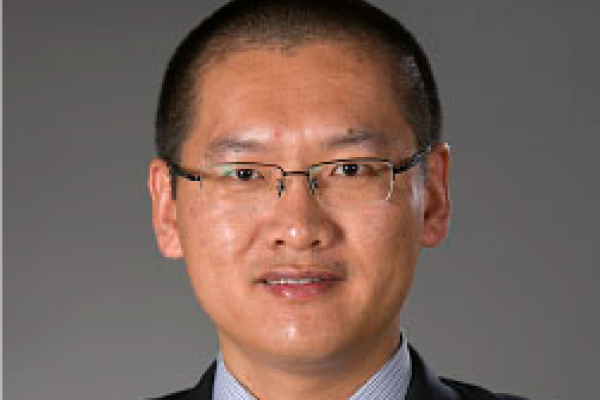
Dr. Xiaopeng Li received his B.S. degree in Chemistry at Zhengzhou University, China in 2004, earned his Ph.D. in Chemistry in 2008 at Cleveland State University, and then worked as a postdoc fellow at University of Akron. He started his independent career at Texas State University in 2012, then moved to University of South Florida as Assistant Professor in 2016. His specific research interests include 1) self-assembly of giant metallo-supramolecules to bridge mathematic geometry and supramolecular chemistry; 2) seeking novel application of metallo-supramolecules; 3) advancing supramolecular chemistry characterization using mass spectrometry. His research program is funded by NSF, NIH, ACS-PRF and Research Corporation. He received Cram Lehn Pedersen Prize 2019 in Supramolecular Chemistry.
Hosted by: Jovica Badjic
Pushing the Limits of Coordination-Driven Self-Assembly: Construction of Giant 2D and 3D Supramolecular Architectures
Due to its highly directional and predictable feature, coordination-driven self-assembly has evolved into a well-established methodology for constructing 2D and 3D supramolecules. Up to date, this field has matured in the context of a large variety of macrocycles and polyhedra, which however, still suffered from a lack of complexity and thus were unable to reach the high degrees of functionality found in natural systems. With the goal of assembling structures with high complexity, we pushed the limits of coordination self-assembly through constructing a series of giant 2D and 3D supramolecular architectures. First, multi-armed building blocks were synthesized using pyrylium and pyridinium salts chemistry for the self-assembly of 2D nested concentric hexagons, or Kandinsky circles, which showed high antimicrobial activity. Second, step-wise strategy was utilized to combine folding and self-assembly together to construct fuzzy supramolecular hexagonal grids (diameter > 20 nm, MW > 65 kDa) with intrinsically ordered and disordered domains. Third, pre-assembled supramolecular polyhedra with precisely-controlled shapes and sizes could further assemble into double-helical nanowires with a non-natural parastichy pattern. In conclusion, through further understanding of self-assembly of supramolecules, our research could advance the design, research and development of new synthetic materials with molecular level precision.
